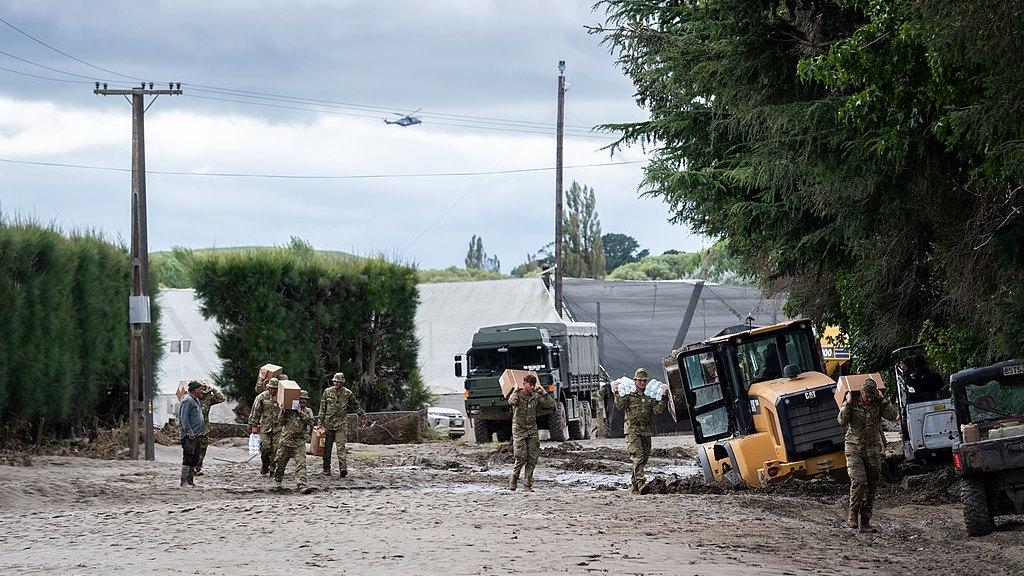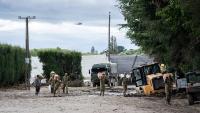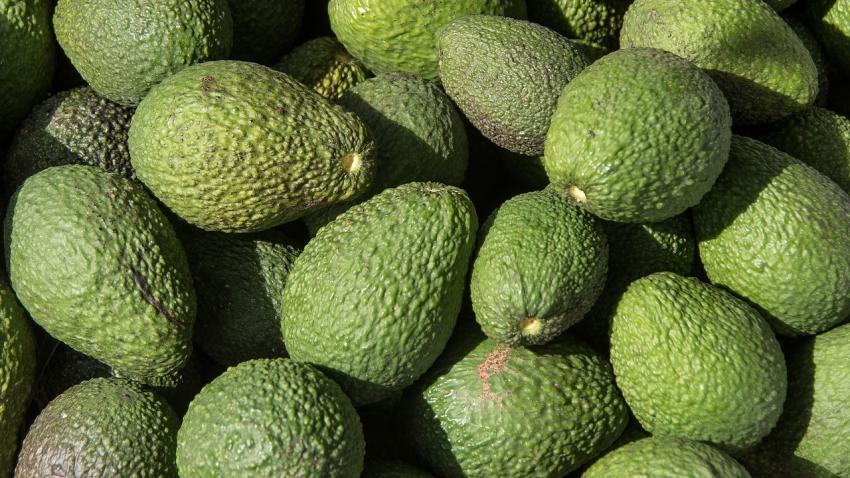You are here
Back to topNew Zealand’s Fruit Bowl Ravaged by Cyclone Gabrielle

Cyclone Gabrielle, which struck New Zealand’s North Island in mid-February, is reported to have destroyed multiple orchards and crops just prior to the start of the harvest season. The affected areas include Hawke’s Bay, dubbed the “fruit bowl of New Zealand” as much of the country’s avocados, apples, kiwifruit and stone fruit are grown there. In addition to fruit, the cyclone severely damaged vegetable crops and livestock operations and disrupted infrastructure. Prime Minister Chris Hipkins called Gabrielle the country’s biggest natural disaster this century, with the total damage preliminarily estimated at over US$8 billion.
Earlier this year, the North Island already experienced exceptionally wet weather, with some regions receiving four times the normal January rainfall. With February’s cyclone serving as the apogee of this challenging period, many produce exports are likely to be devastated this year and fruit quality may not meet the demands of overseas markets. In the long term, it is expected that many of the damaged orchards may take years to recover. Industry representatives have warned that without proper financial support some farmers — especially those who have lost everything — may consider not attempting to rebuild their businesses because of the persistently unfavorable weather conditions.
With the large loss of crops and uncertainty in the agricultural sector, New Zealand’s food security has been called into question. Minister of Agriculture Damien O’Connor, who nevertheless put his trust in the local farmers and called them “very resilient,” mentioned possible shortages in fresh produce supplies across the country with prices set to go up. For some horticultural commodities, however, it is anticipated that products not qualified for export will hit the domestic market and pull prices down. At present, evaluation of the available quantity and quality of this year’s fresh produce harvest is still underway.

Apples
New Zealand’s apples are mainly grown in Hawke’s Bay, one of the North Island’s most affected areas. According to local media, some growers have lost their entire orchards, whereas others remain largely unaffected and still have crops to harvest. Some businesses have already resumed operations with fruit collection set as a priority. According to industry members, if fruit picking is not resumed immediately, packing, transport and other processes will also reach a standstill, while the fruit needs to be delivered to the market.
Speaking of the devastated farmers, Anna Lambourne of New Zealand Apples & Pears Inc. said that they require urgent financial assistance from the government to be able to clean up the damage and save trees still suffering from the flooded soil. “Time is critical,” stressed Lambourne. It is important to note that New Zealand’s government has already announced an initial support package of NZ$4 million (US$2.5 million) to help agribusinesses, with the remark that additional funding may follow after the damage assessment is complete.
Avocados
The country’s main avocado-growing areas are located in Northland and the Bay of Plenty. Northland avocado crops are reported to have been extensively damaged, with fruit scattered on the ground, branches torn from trees and some trees completely dislodged.
According to local farmers, avocados grown in New Zealand are graded on three levels. Premium-quality fruit is exported and sold at about NZ$13 (US$8.05) per tray, medium-quality fruit is consumed locally and earns approximately NZ$5 (US$3.10) per tray, and the lowest grade of fruit is processed into avocado oil, which pays much less. One Northland grower estimated that less than 40% of his crop of avocados will be suitable for export this year, compared with 80% in a good year. A more precise estimate of the export volume will only be possible when the avocado harvest commences in August.
Meanwhile, another grower predicted that the cyclone will have exacerbated the tree health issues caused by the constant rain in January.
Kiwifruit
New Zealand’s kiwifruit are primarily grown in the Bay of Plenty, with smaller quantities produced in Hawke’s Bay, Gisborne and other regions. While the Bay of Plenty was less severely hit by Cyclone Gabrielle than the nearby Hawke’s Bay, growers there still endured significant wind and rainfall. The country’s leading kiwifruit exporter Zespri has started assessing the orchard damage, with initial estimates indicating that 70% of the production area in Hawke’s Bay and 25% of the production area in Gisborne have been moderately to severely damaged. No significant damage was initially reported in the Bay of Plenty.
The 2023 kiwifruit harvest kicked off in the Bay of Plenty in mid-February, just after the cyclone hit the area. Traditionally, Zespri’s new RubyRed variety is picked first followed by gold- and green-fleshed varieties. The harvest will peak in mid-April and run through June, which should bring greater clarity on the quantity of fruit suitable for export.
The initial forecast for exports in 2023 stood at less than last year’s 160 million trays, revealing a declining trend even prior to the havoc caused by Cyclone Gabrielle. Overall, the kiwifruit industry accounts for a large part of New Zealand’s horticultural exports, contributing NZ$2.4 billion (US$1.5 billion) to the country’s economy in 2022.
Images: PLTOFF Callum Post, Ohakea Photo/NZ Defense Force, distributed under a Creative Commons BY 4.0 license on Wikimedia Commons (main image); Wikimedia Commons user Ulanwp, distributed under a Creative Commons Attribution-Share Alike 4.0 International license (body image)













Add new comment